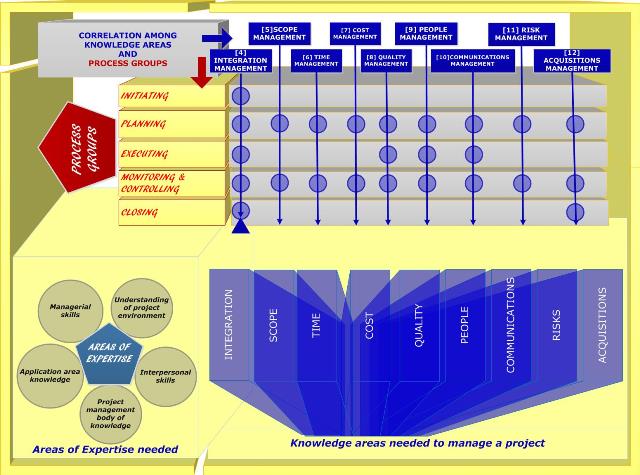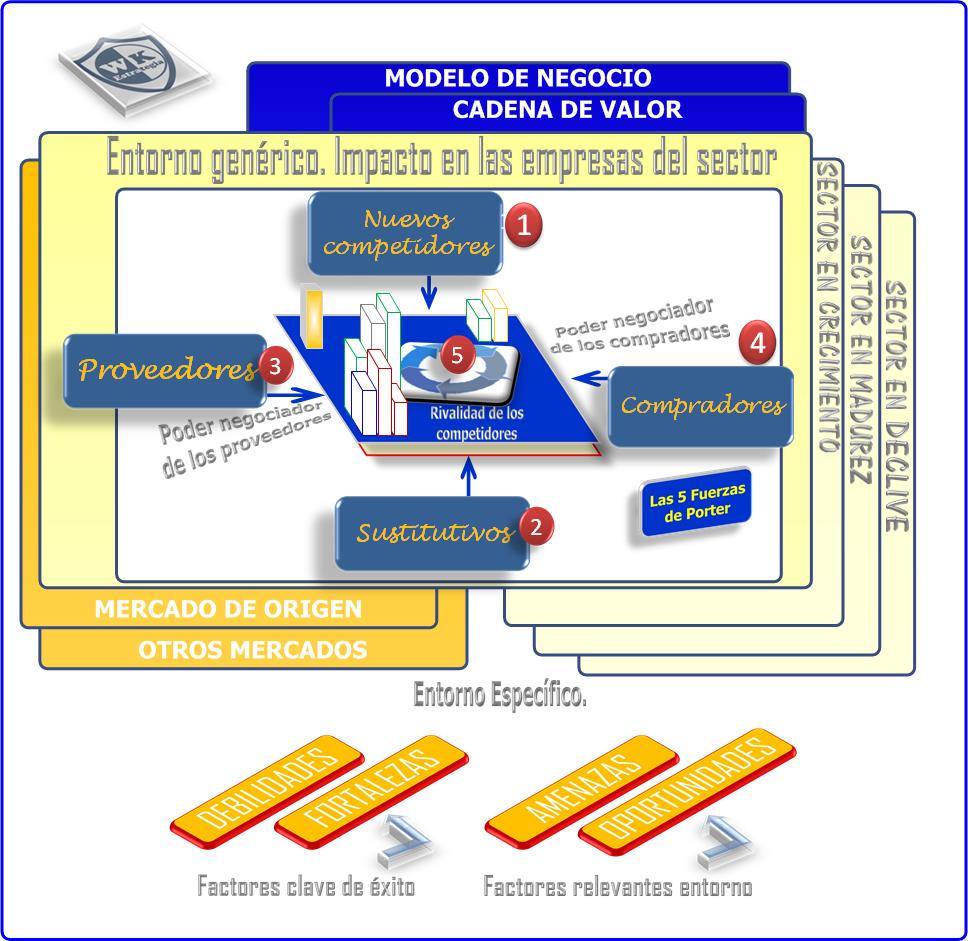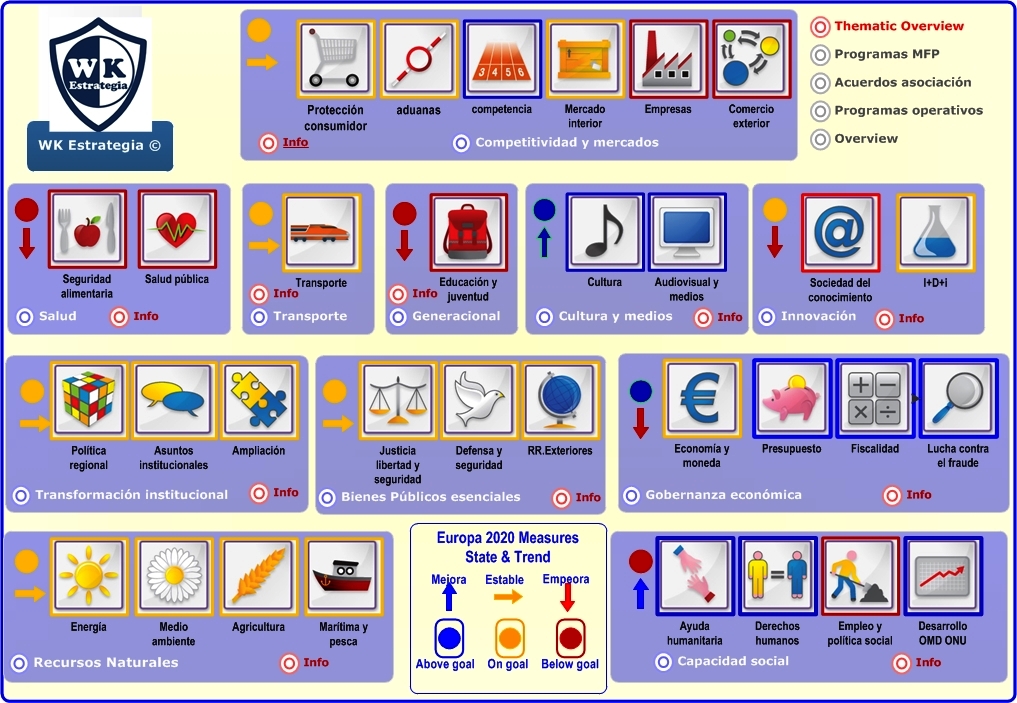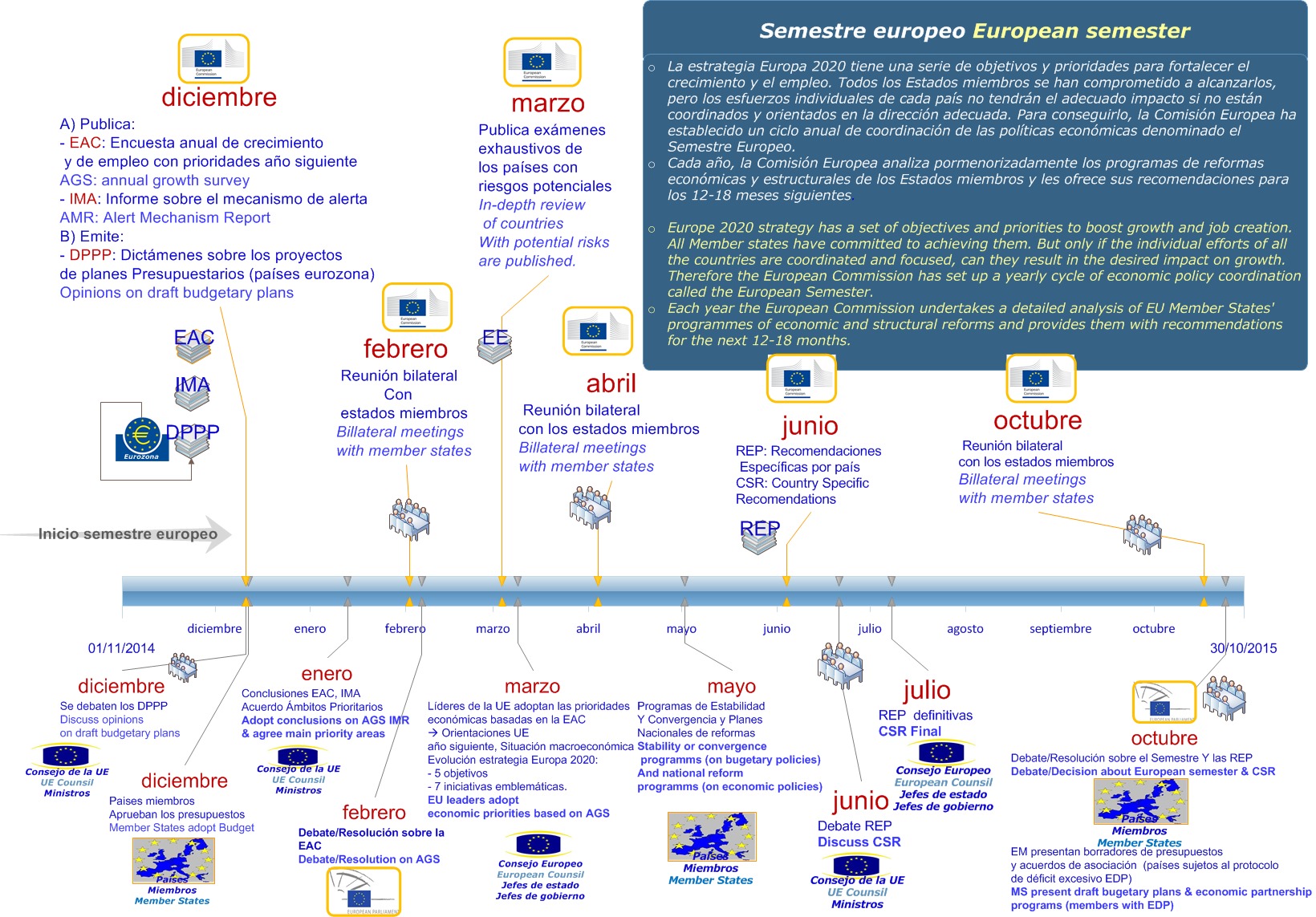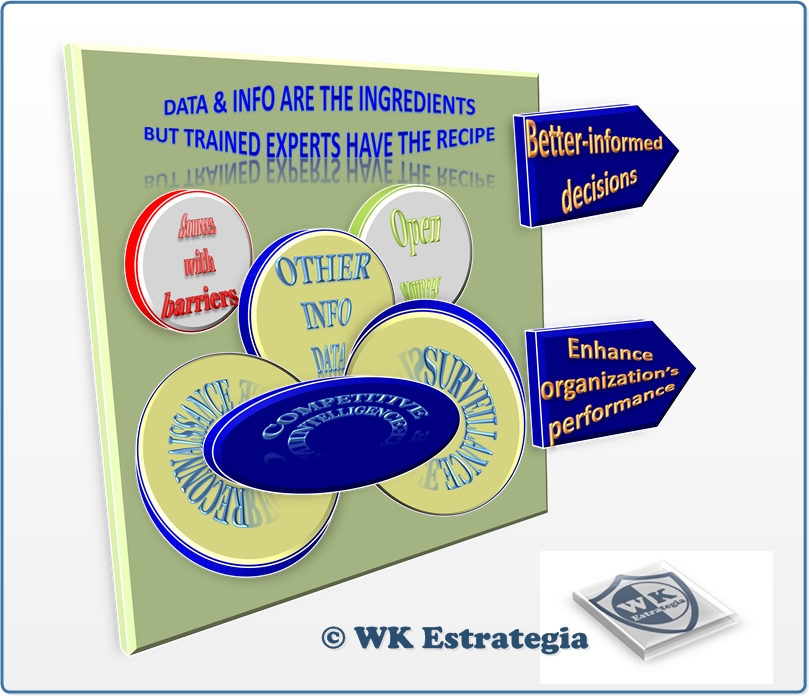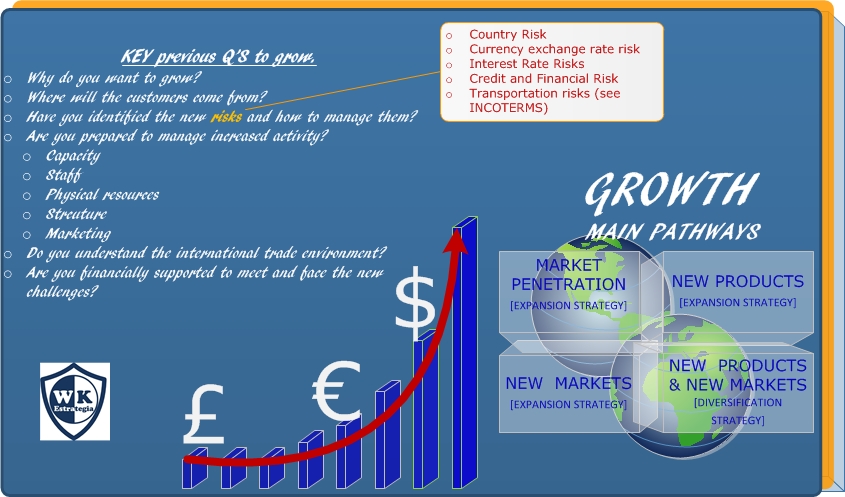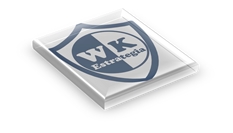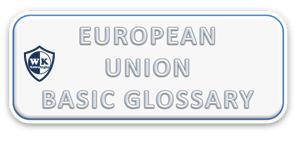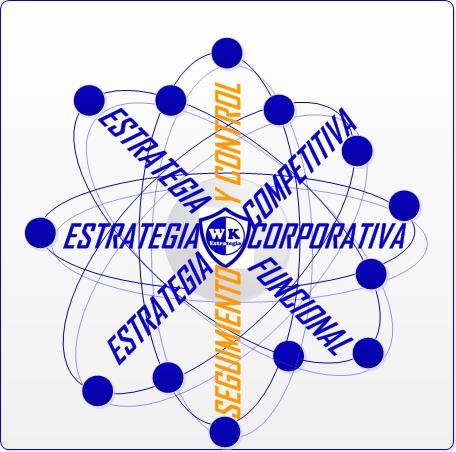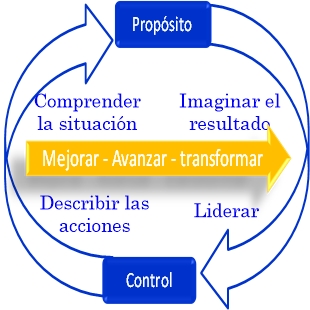When starting up your business you must firstly focus on these key areas:
- Financial and cash flow forecast for next 4 or 5 years; profitability; Key Accounting information; Taxes and budgeting; risk management and insurance.
- Employee Management. You’ll need to know how you should manage HR with effectiveness, how to recruit them, to know all the relevant employee entitlements, etc.
- Marketing.
And besides this you need to develop a Business plan. Let's focus on Marketing and your business plan
Marketing.
With regard to marketing you need to meet value adding expectations from your potential customers against making profits for the organisation. You must have a Customer orientation that involves focusing your business on identifying and understanding your customers' needs and preferences in order to make that your "Unique Selling Proposition" USP, stands out from competitors, such as best service, best value, cheapest, most modern, only for élite people. etc.
No single strategy fits for all businesses, so you'll have to Choose your Competitive Strategy. There are three types of competitive strategies (M. Porter)
- Cost leadership - aimed to provide goods and services at a lower cost than competitors.
- Differentiation - aimed at creating a highly differentiated product.
- Niche - aimed at effectively serving few -or smaller- market segments rather than dealing with the whole market.
Set your Marketing objectives. After defining your unique selling proposition, you will be able to identify why customers purchase what you offer them. Then define what is to be accomplished through your marketing activities. Your objectives must be "SMART", is to say: specific, measurable, agreed upon, realistic and time bound.
Understanding of Market types. The success of your marketing strategy also involves gaining a comprehensive understanding of the markets that you serve. See each:
- Retail markets: aimed to consumers for their own.
- Business to business markets: aimed to various businesses, governments and market intermediaries to facilitate the finished product which is generally then re-sold to an end user.
Market research. You need to plan, collect and analyze specific information to segment markets, to decide on target areas, to identify the best way to position your business regarding to your competitors, to understand market trends, and also can assist in forecasting sales and anticipating events and market changes that can impact your business. So you should identify: a) your customers; b)your competitors: direct and indirect; c) the various Environmental factors that could affect your business performing the PEST analysis (Political, Economical Social & Cultural, and Technological); and d) your business' internal strengths and weaknesses and the external opportunities and threats performing a SWOT analysis in order to build on your strengths to reduce your weaknesses, seize opportunities and neutralize the potential threats.
Marketing planning. Starts with deciding on a business description and involves segmenting your market, targeting the most profitable segments, and positioning your products and services effectively in the marketplace. It also involves choosing the right marketing mix (the four p's, product, place, price and promotion) for your business to maximise the effectiveness of your marketing efforts.
Business Description allows you to get your idea, plan and vision, written black on white, when you start. It provides a thorough explanation of what your business is and the most appropriate direction to go. Businesses should also understand the performance of competing products and the target customer expectations with regard to competitors.
Market Segmentation groups your customers into segments that will require a different marketing mix strategy. You can segment your market based on different variables such as life style, demographics, age, behaviour, geography, etc.
Targeting. Once you have segmented your market you should choose target market segments in order to develop different marketing strategies for different customer groups, specially at present day, when almost every particular client needs a different marketing strategy.
Positioning is the process that produces the product's (o services') image and places it in the customer's mind; is the main process to get the customers become aware of brands and their prestige. Positioning effectiveness determines whether a client thinks of the product/service, and it could go from a luxury item to an useless offering. Business should establish a clear perception of their business in customer's minds and then bridge the gap by influencing this perception through strategic promotional activities and by chosing the optimal marketing mix.
Know more about marketing.
Business Planning:
This is a key process when starting up. Many businesses enter the market arena without clearly defined objectives and strategies. When starting up a business, you’ll get a higher chance to succeed if you develop carefully and thoroughly your business plan.
You need a Sales plan.
- State the Mission, the reason for being and the Vision to stimulate progress
- Assess thoroughly your situation using a SWOT analysis (Strenghts, Weaknesses, Opportunities and Threats)
- Then establish your goals to seize opportunities and neutralize threats to your business aligned with Vision and Mission.
- Establish strategies with SMART objectives to reach your goals and develop KPI's (Key Performance Indicator) to check
- Assign responsibility for specific tasks to workers and managers.
- Design thoroughly your plan to organize information and data and empower everybody to follow the plan.
- Make a planning for and creating short terms achievements aligned with overall strategy goals to keep the sense of urgency.
You need an Operating Plan in which you will design your business concept of operation and determine its physical resources necessities through an Operating plan. At least there are four issues to be determined:
- People: number of employees, skills and training necessities; recruiting strategies to hire the best people and to get proper commitment from them; guidelines, rules and procedures for ending labour force contracts; etc
- Systems and processes: arrangement of management and staff and their roles and functions; facilities and equipment, etc.
- Equipment & facilities and to have the right equipment in place at the outset. This includes not only production equipment but administration and communication equipment. After determining the equipment you require, you will also need to finance the costs.
- Risk management from natural disasters to bad debts or slowness in paying, going by family issues. You can use four strategies: Prevention, Avoidance, Transfer or Mitigate.
You need a Management plan. Because no person knows how to do well everything. Probably you will need to delegate some roles in key business areas. You should be sure of having a suitable management structure, how to get proper commitment and how to reward people when goals were achieved. Job descriptions provide clearly communications about individual's roles and their responsibilities. It also can be used to develop performance measurement by setting Key Performance Indicators (KPI's), acreer opportunities, learning and training, etc.
You need a Financial plan. Assets to be owned or rented; financial obligations (liabilities); Equity: the amount left over after you have deducted total liabilities from total assets (capital contributions and retained earnings). Financial Requirements: all the potential costs you will face in starting up a new business. Securing finance: by identifying available sources of finance, understanding government grants and assistance, assessing the available financing options, etc. Profit and loss statement: that communicates the profitability of your business in a particular financial period. Balance sheet: The balance sheet or Statement for Financial Position, provides you with the ‘net worth' of your business' assets and liabilities at a certain date. Cash flow statement in a given period, is to say, inflows that represent the cash the business receives and cash outflows are all the cash the business expends during that given period. Budget, as a planning tool to benchmark performance making a comparison between expected and actual income and expenditure.
And finally you need an Action plan, to organize and prioritize certain actions, those you'll have to perform to properly achieve your business Mission objectives and Vision goals. Firstly, you ought to take the overall strategy you've chosen or your business and breaking it down into a cascade of smaller and achievable operating objectives, once you did it, and not before, you must identify and define specific actions in specific areas that you'll need to perform to reach those objectives.
The following issues, for each action, must be clearly settled:
- Timeframe and priorities within each action and aligned with overall strategy, .
- The people who are, or will be, responsible for undertaking each action.
- Set the appropriate key performance indicators, to steer properly and control your Action Plan. Use these three categories:
- Lagging -what happened-,
- Current -what's happening- and
- Leading -what should be done from now on-
CONTACT:
If you need more information about what WK Estrategia can do to help you, please send us an e-mail to info@wkestrategia.es, or click on "contact" in lower side of this web site
Running business.
First of all: there are 8 key areas in every business organization and they should have their corresponding strategic (and SMART) objectives to be achieved:
- Marketing
- Innovation
- Productivity
- Structure (human organization in a synchronized fashion with a common purpose)
- Financial
- Physical resources
- Social responsability
- Profits.
Second, you need to have in mind your value chain and how do you create value through performing primary and secondary activities using your core competencies.
Third, you should never forget that the environment evolves, thus you need to have a continuous awareness of the situation and assess potential consequences of expected events and probabilities and impact of unexpected events, be direct or indirect.
And fourth, after starting up, you must run your business the best you can, so you’ll be concerned with its continuity, your leadership, and a plan B, is to say, what you’ll do to manage your business through an economic downturn implying reduced workloads and redundant jobs but hiring opportunities; reduced cash flows and more difficult access to finance, but also to have the opportunity to get your business leaner and stronger; etc.
See in the following graph the general description of the approach that we have in WK Estrategia about running your SME
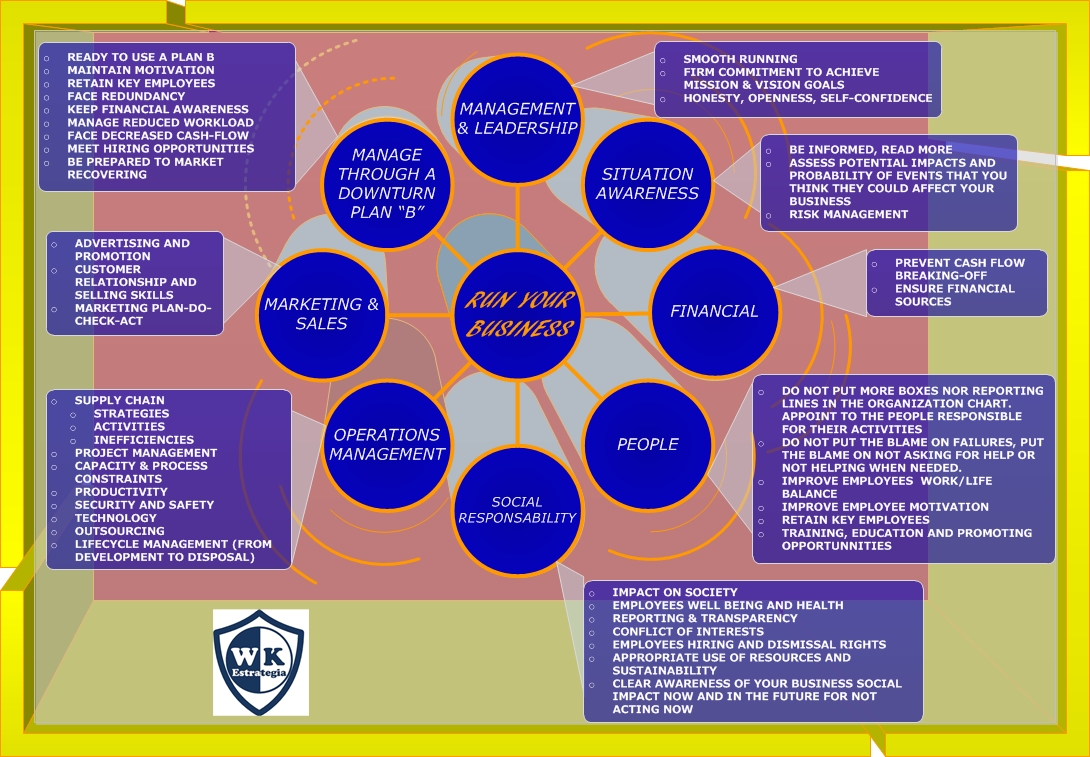
Continuity Management.
- Strategic process management is involved with developing and executing strategies in order to get effective formulation and implementation of strategic plans. This requires careful strategic planning and controlling of strategy-related decisions and actions to achieve the mission and vision goals. Also a firm commitment towards achieving desired objectives is necessary with the ability to communicate effectively, inspiring employees to meet challenging opportunities.
- Preserving the business. There are some important issues that can not be neglected:
- Honesty and openness leadership
- Maintain tangible and intangible assets.
- Build a learning organization
- operations management to address capacity challenges
- Maintain fidelity from your customers
- Cash-flow and financial
- profitability
- Risk management. Situation awareness is an essential for maintaining the continuity of a business, not only for the present but also for the future. Basically four strategies can be implemented in regard with Risk management: a) Prevention, b) Avoidance, c) Transfer and d) Mitigation.
- Risks can have different sources:
- Tougher competition
- Bad debts from customers
- Decreased cash flow
- Breakdown of equipment and facilities
- Key employees turnover
- Theft
- Natural disasters
Plan B. Managing through a Downturn:
An economic downturn is not a period of good news neither for owners nor employees and what is worst, you have neither control over its forces nor these forces are going away, but you can control the conditions inside the organization, and that's why leadership is important in downturns, because it will set the tone in the way you'll manage your business to get that it survives the downturn, and to be prepared to compete and grow when the market recovers. Also remember that the businesses which will be in the best position to restart, are those that have retained their key employees.
CONTACT:
If you need more information about what WK Estrategia can do to help you, please send us an e-mail to info@wkestrategia.es, or click on "contact" in lower side of this web site
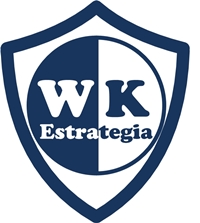
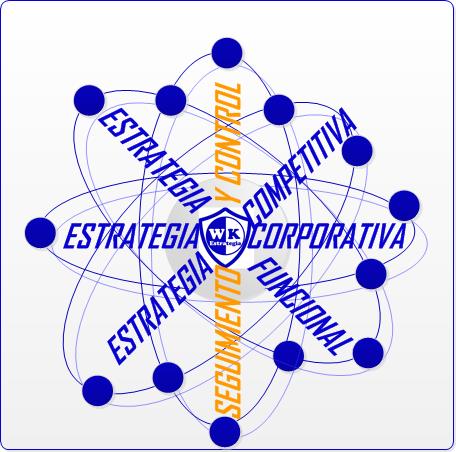
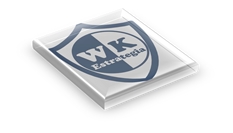

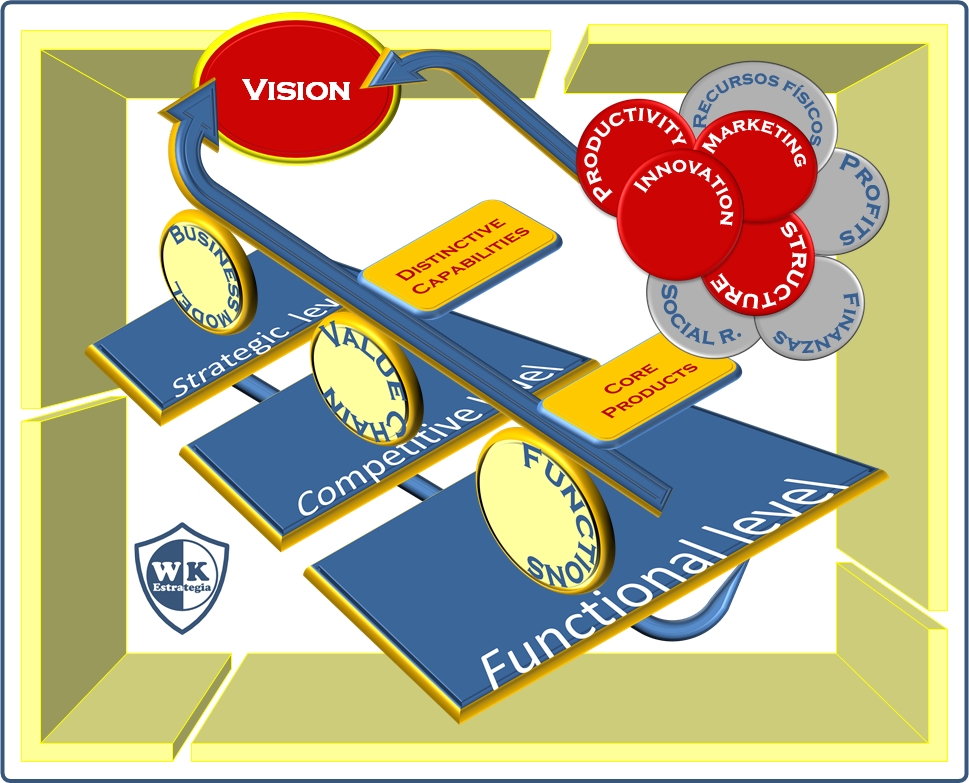

 <-- 13th/mayl/2015. See this case study about the strategic Transformation of a health authority. See how Transformation requires not just skill and experience, but also versatility to seize the opportunities that emerge in times of changing (document in english version)
<-- 13th/mayl/2015. See this case study about the strategic Transformation of a health authority. See how Transformation requires not just skill and experience, but also versatility to seize the opportunities that emerge in times of changing (document in english version) <-- 30th/april/2015. See this case study about performance management of a spanish navy maritime action ship. From construction to deployment (document in spanish version)
<-- 30th/april/2015. See this case study about performance management of a spanish navy maritime action ship. From construction to deployment (document in spanish version) 
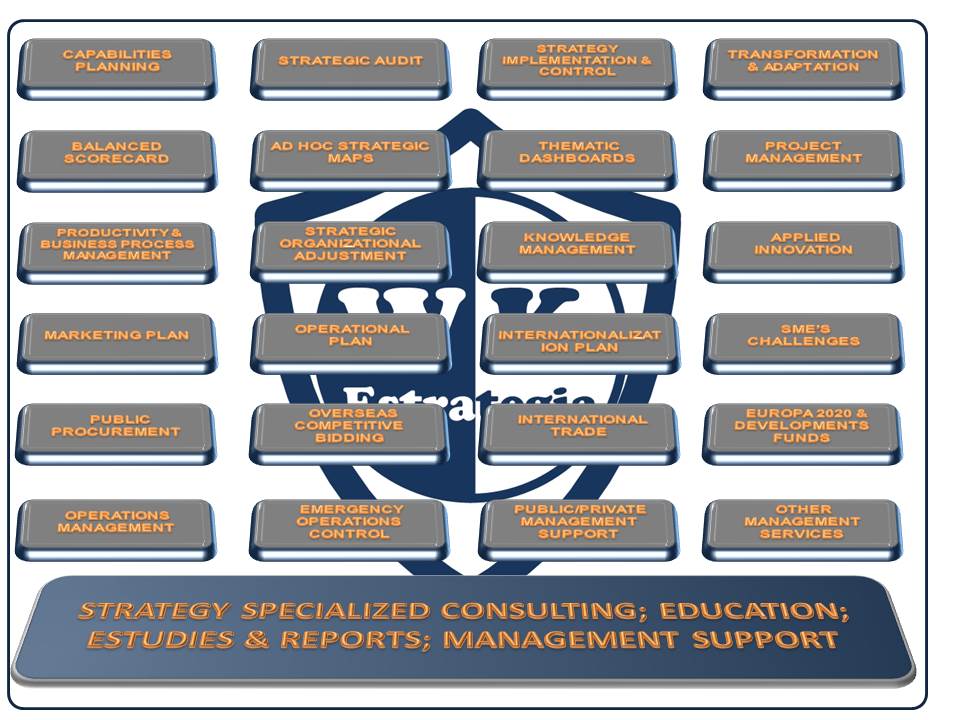
 WK Strategy and Management
WK Strategy and Management



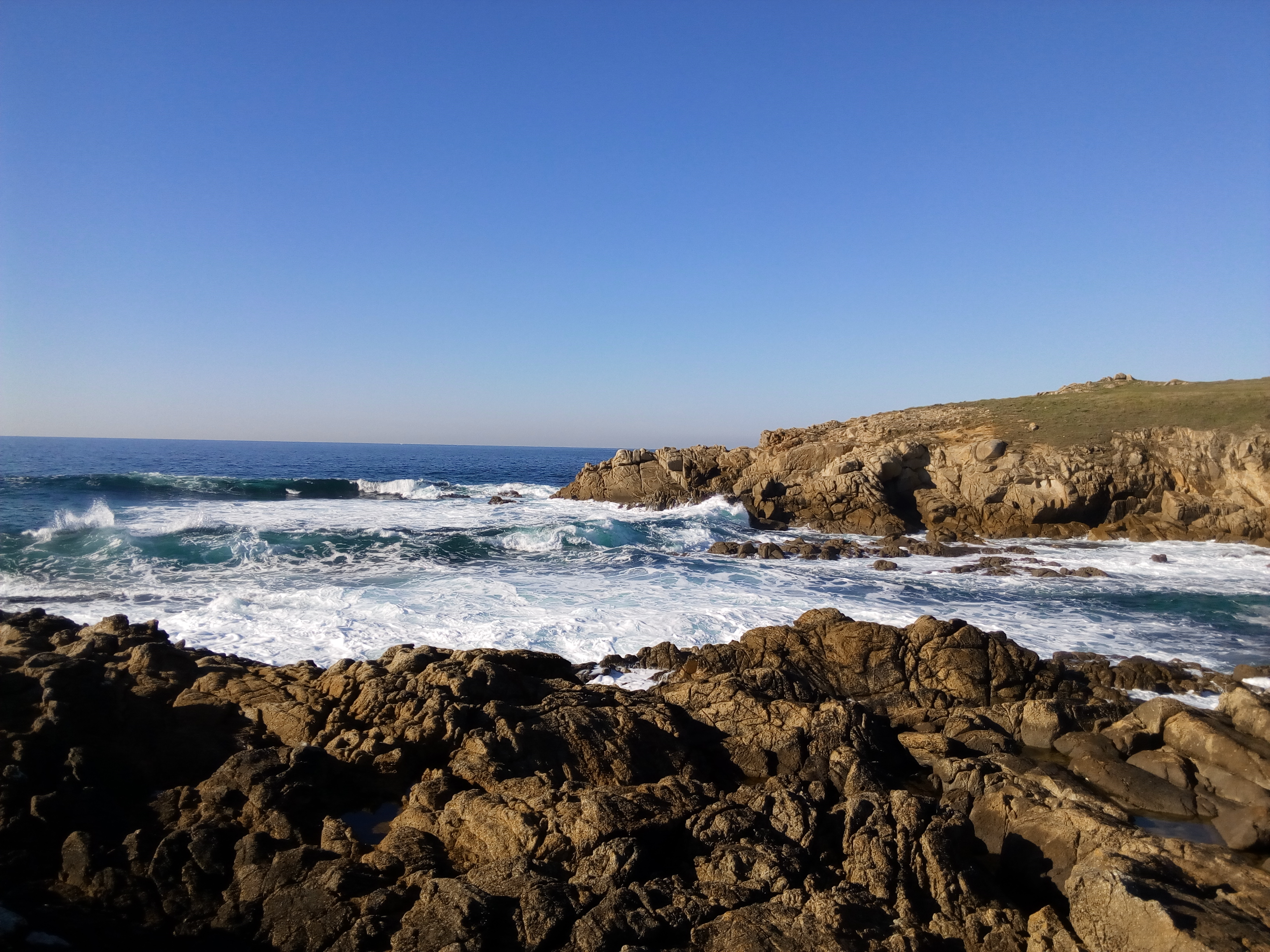

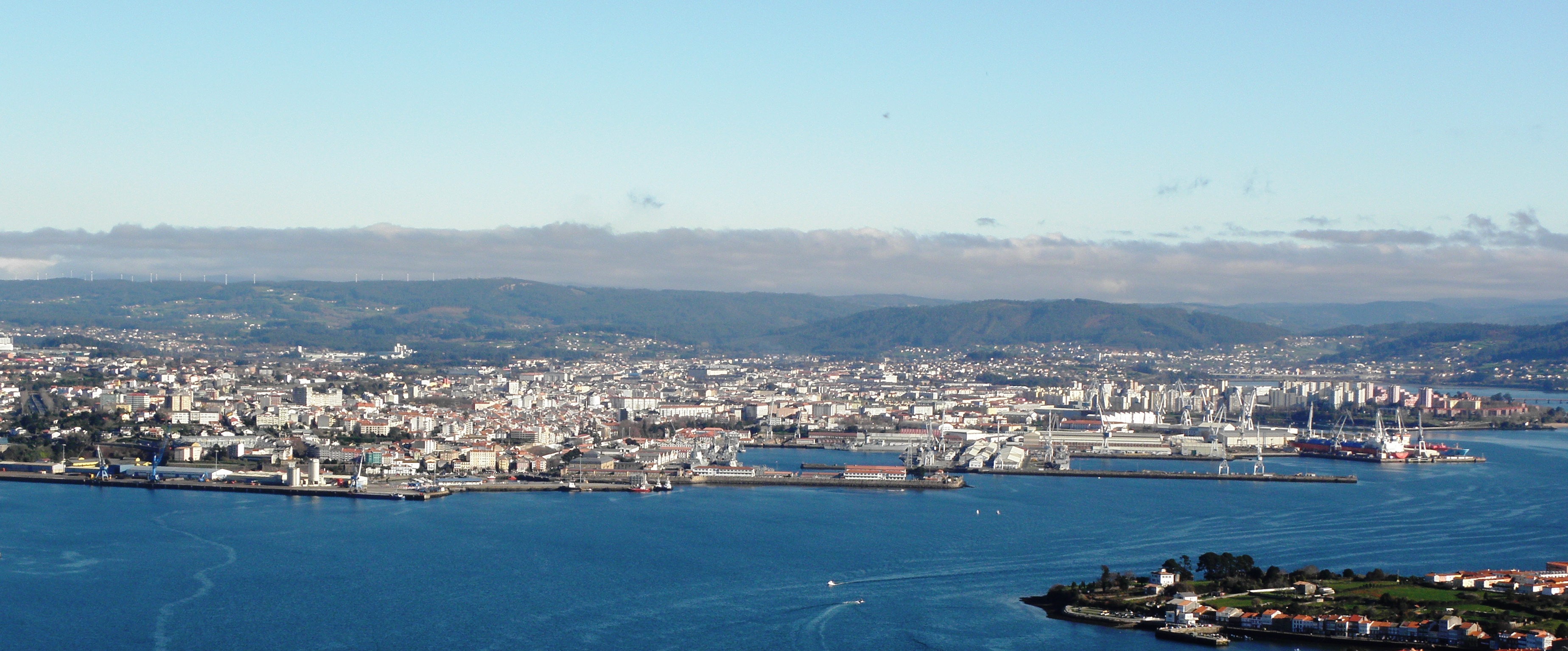
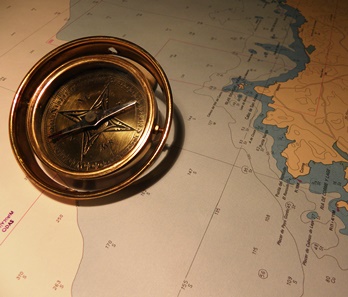
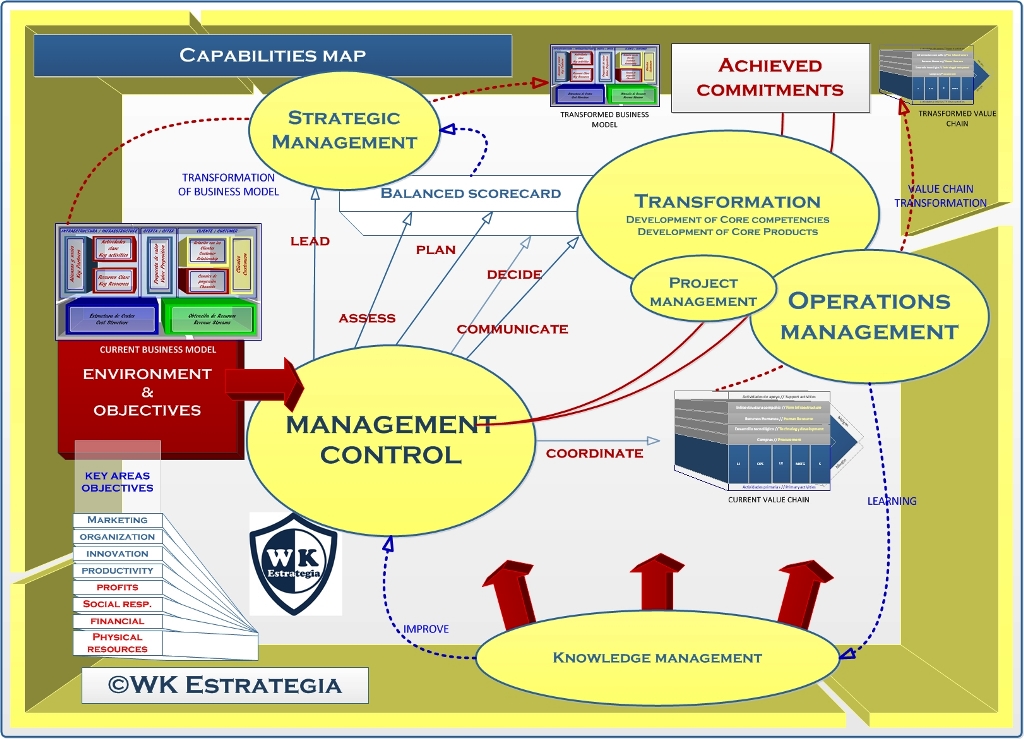

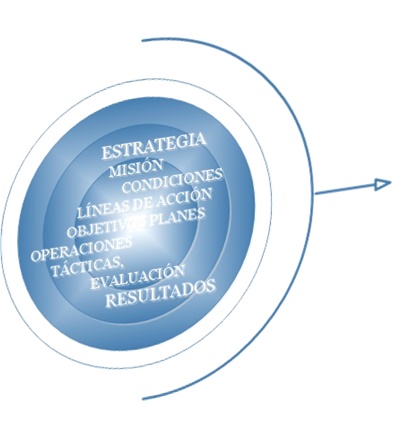


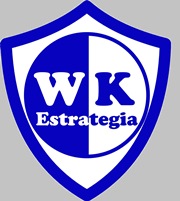
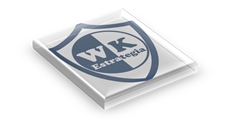

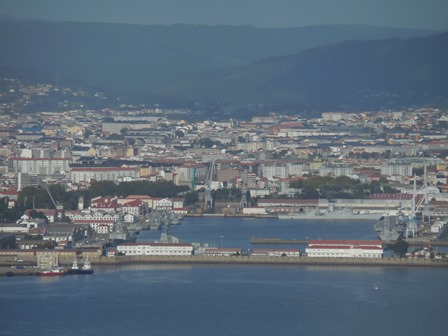
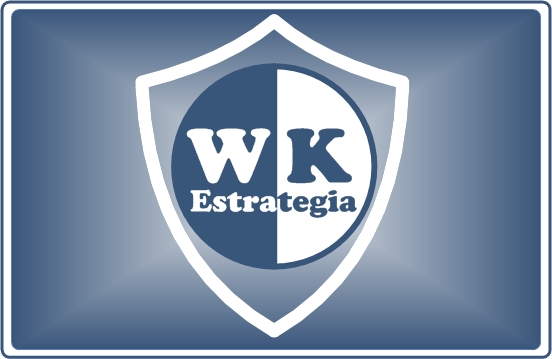
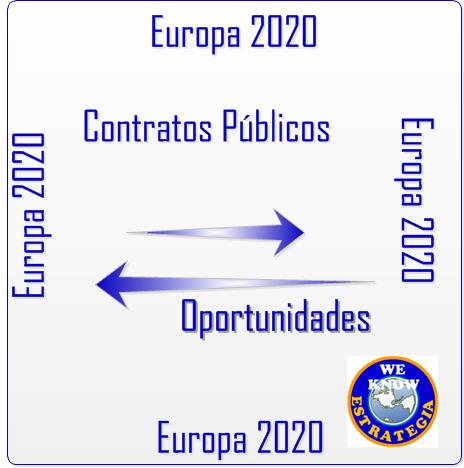
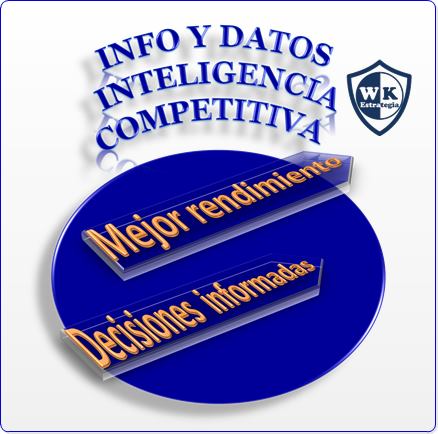

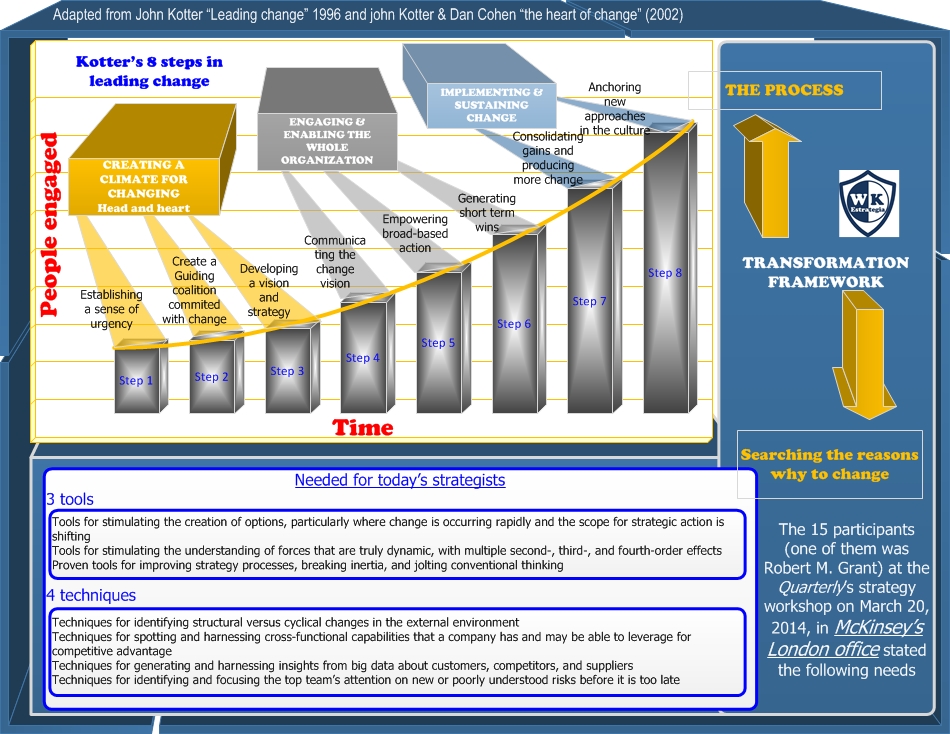

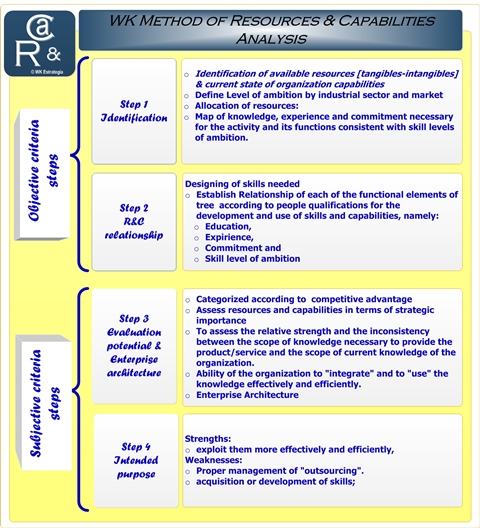
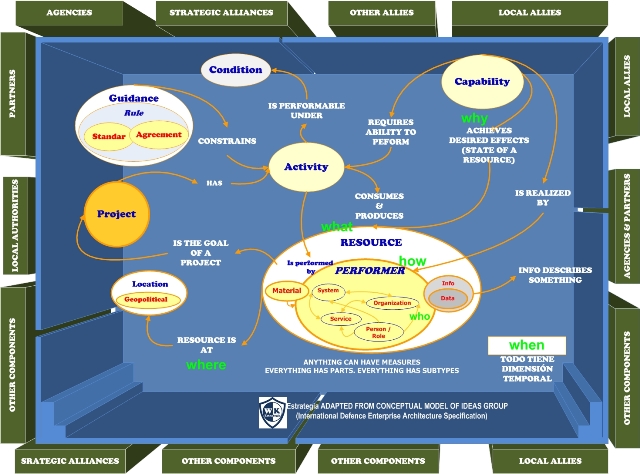
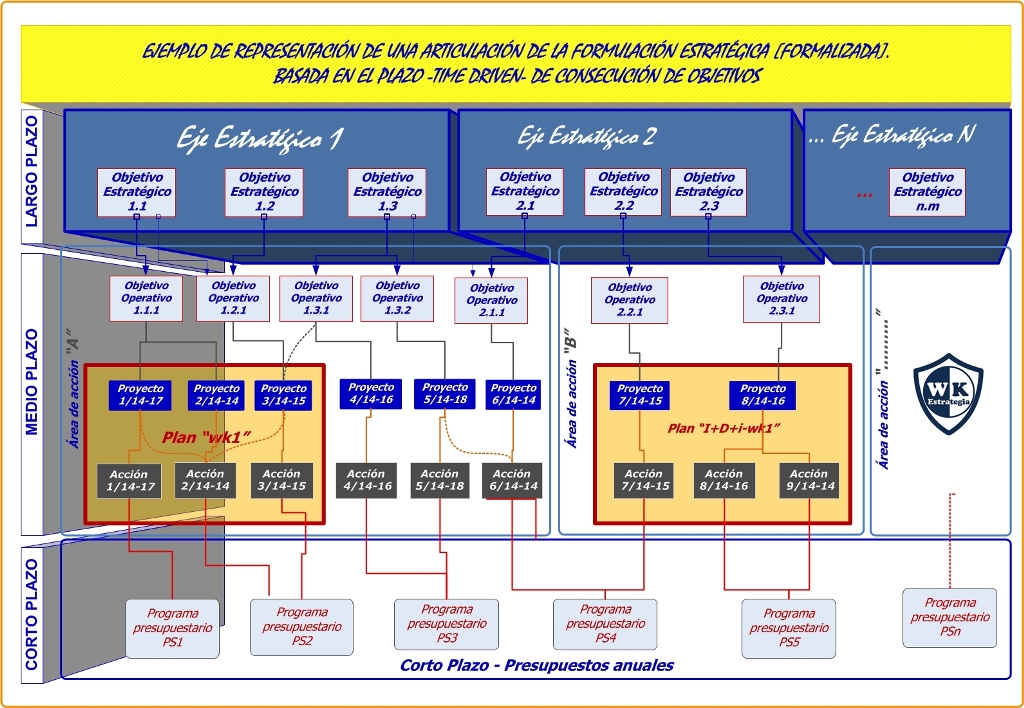


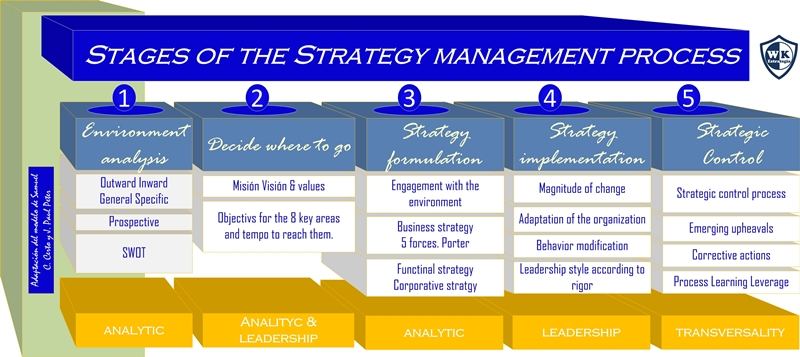
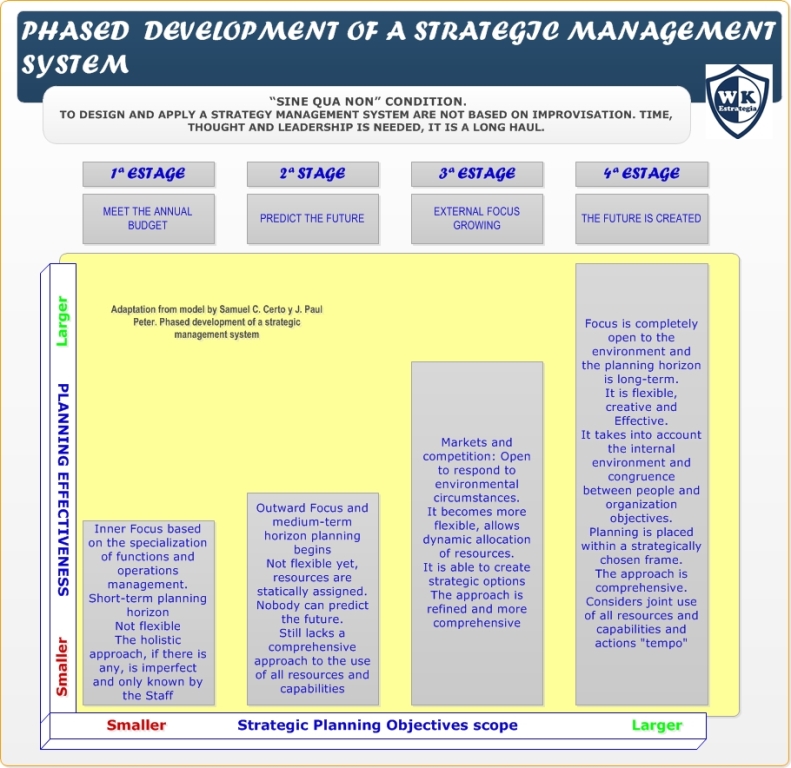
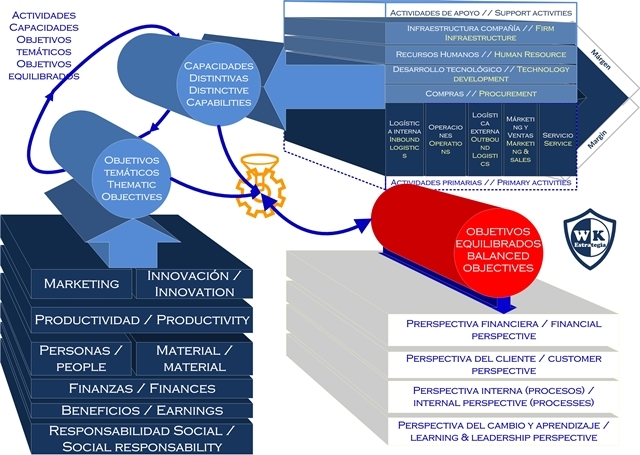
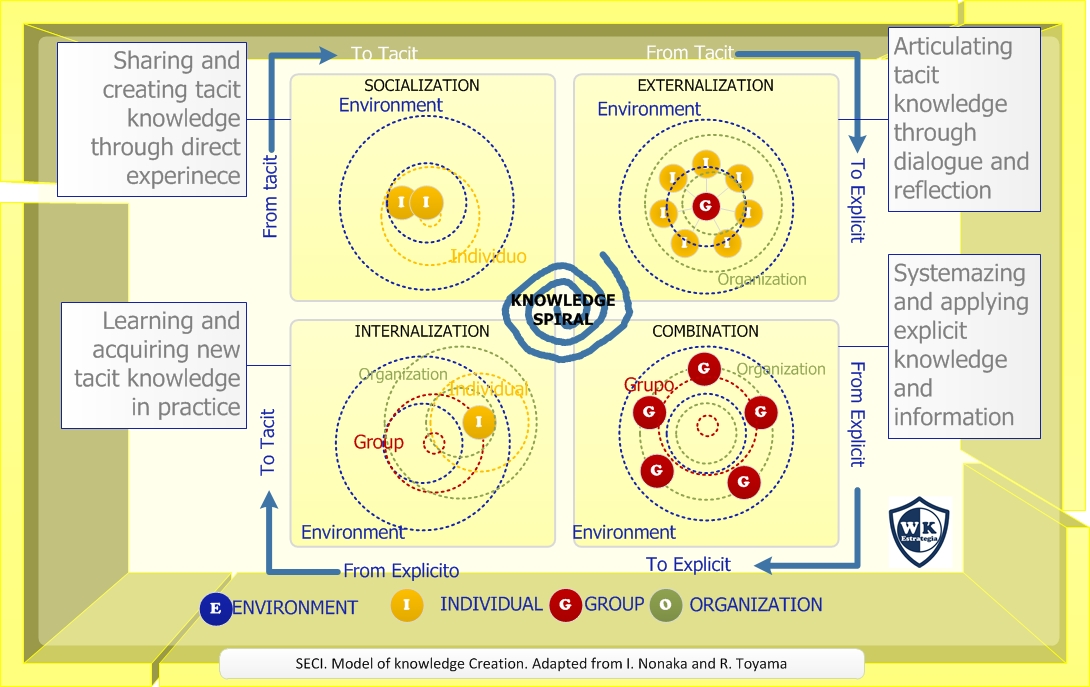
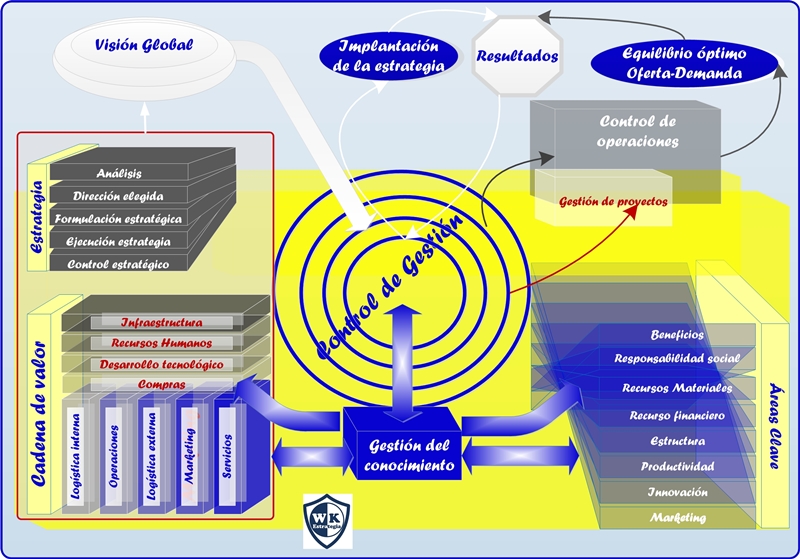
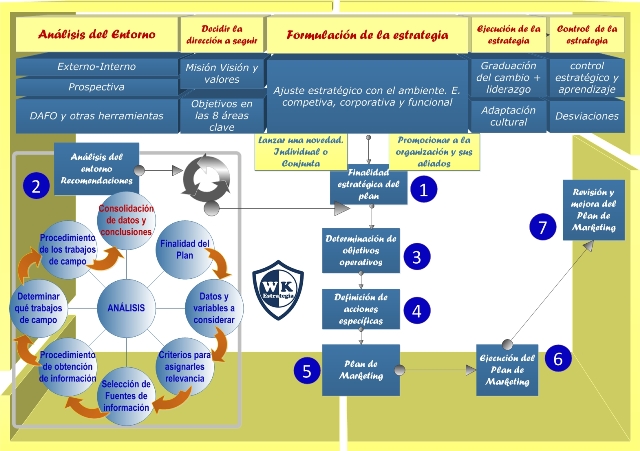
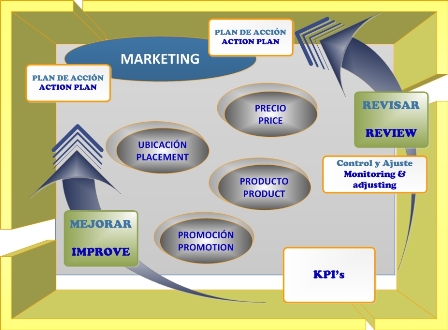
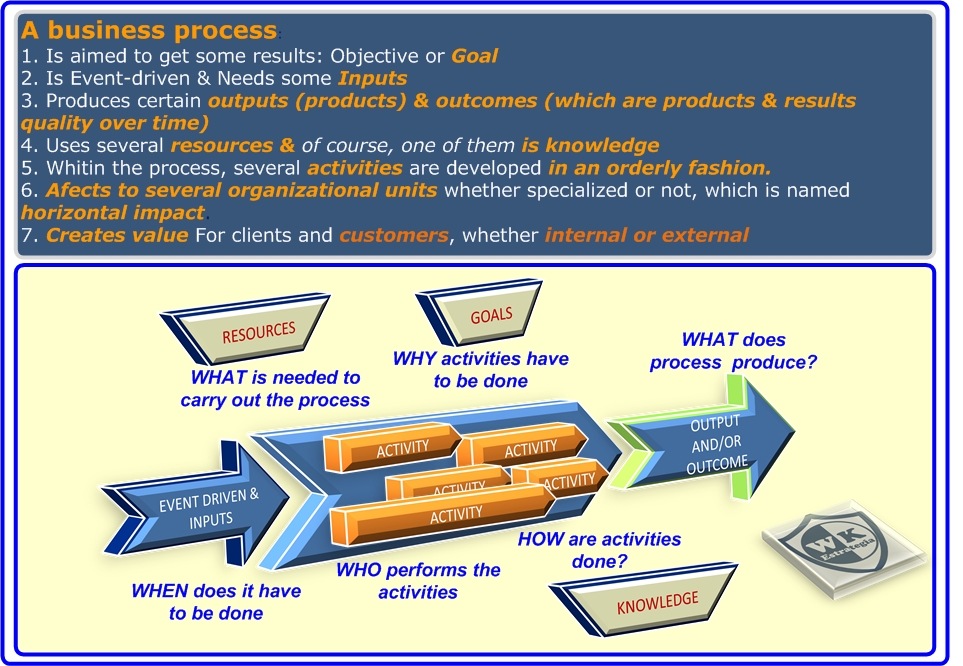
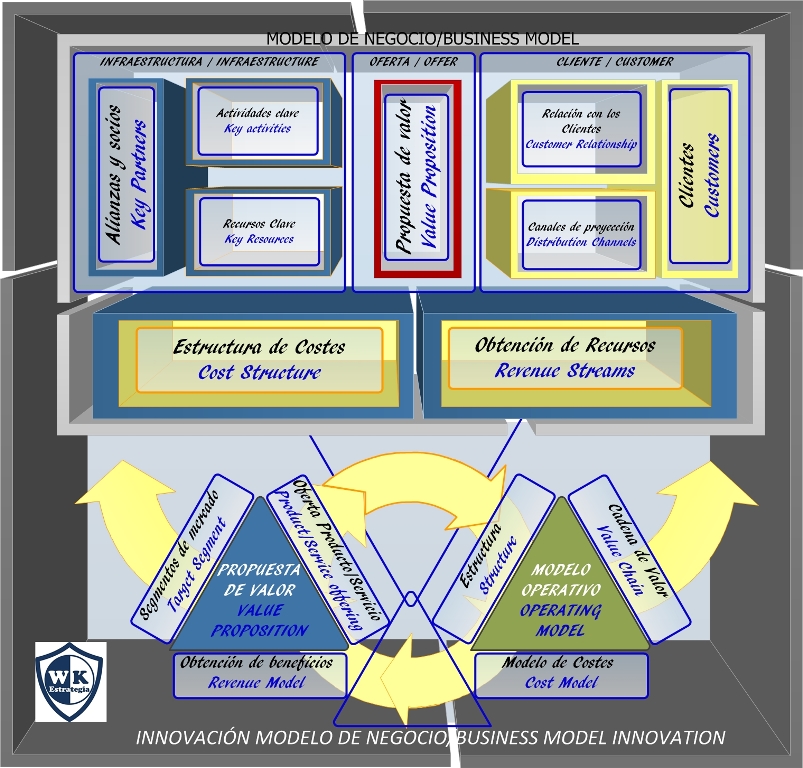

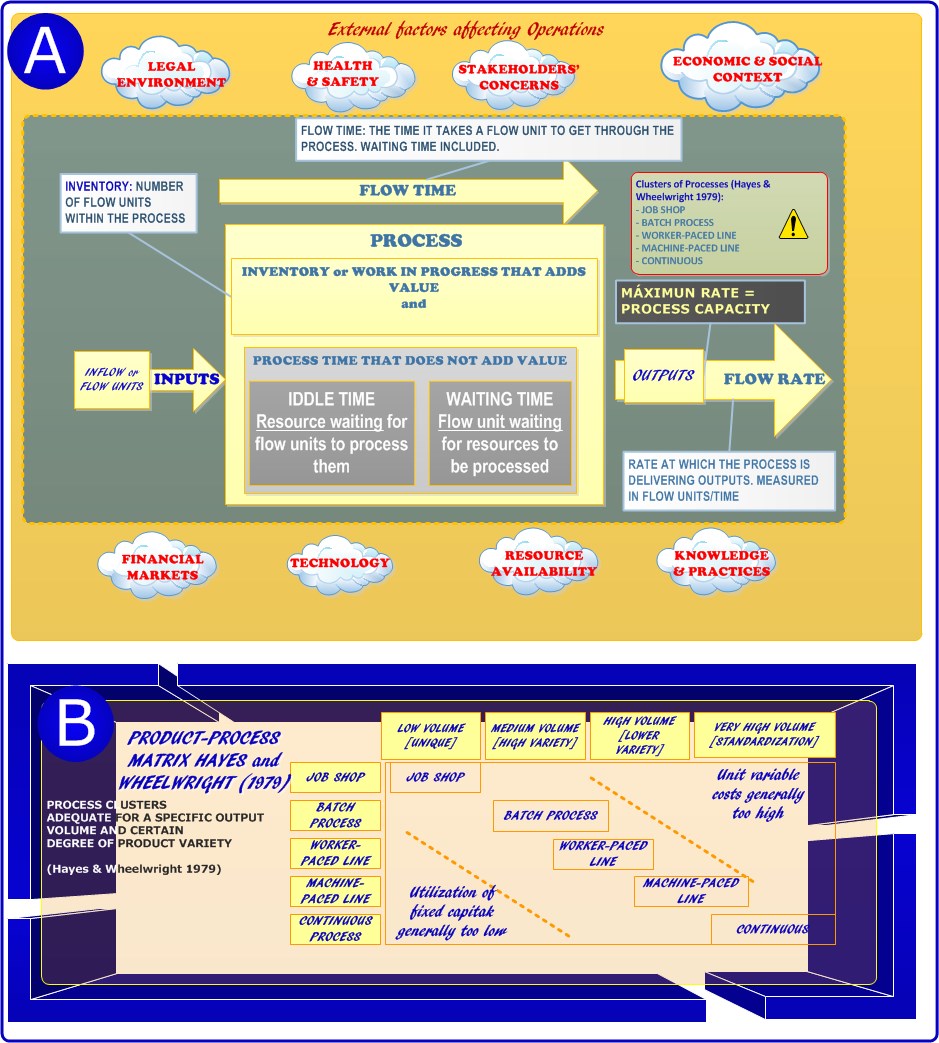
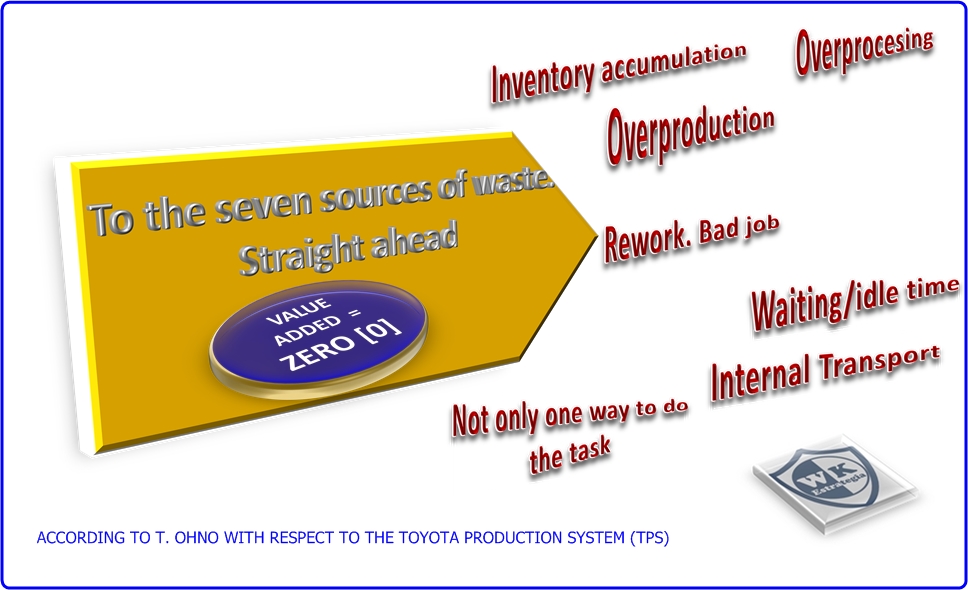
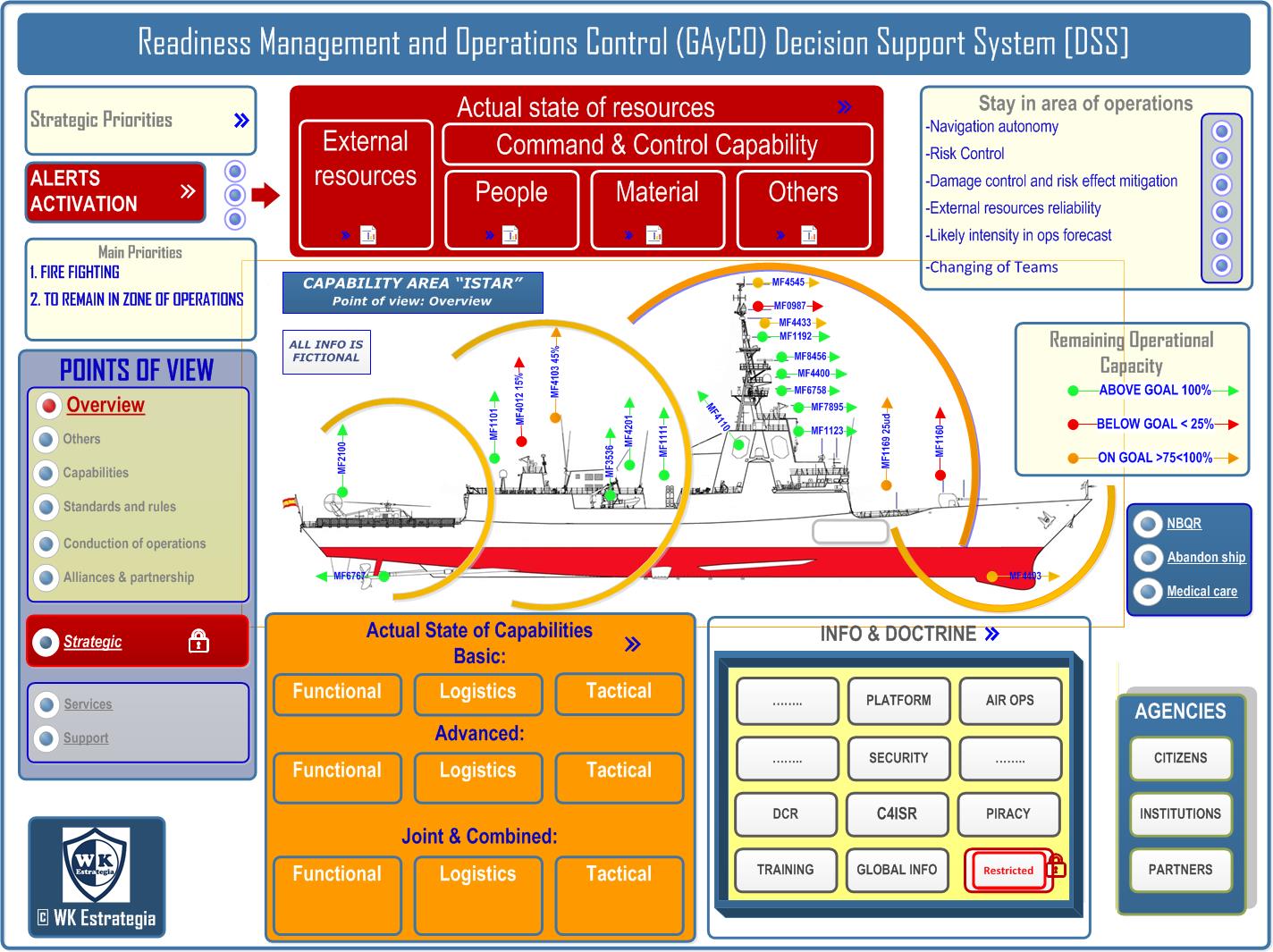
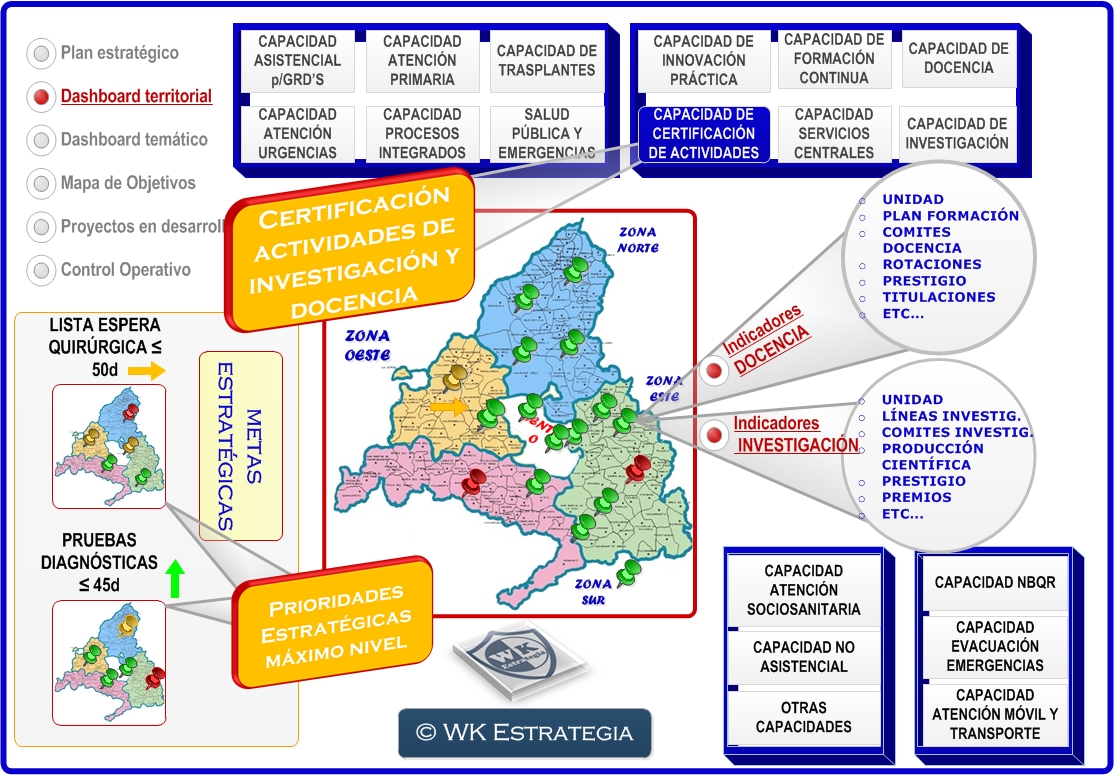
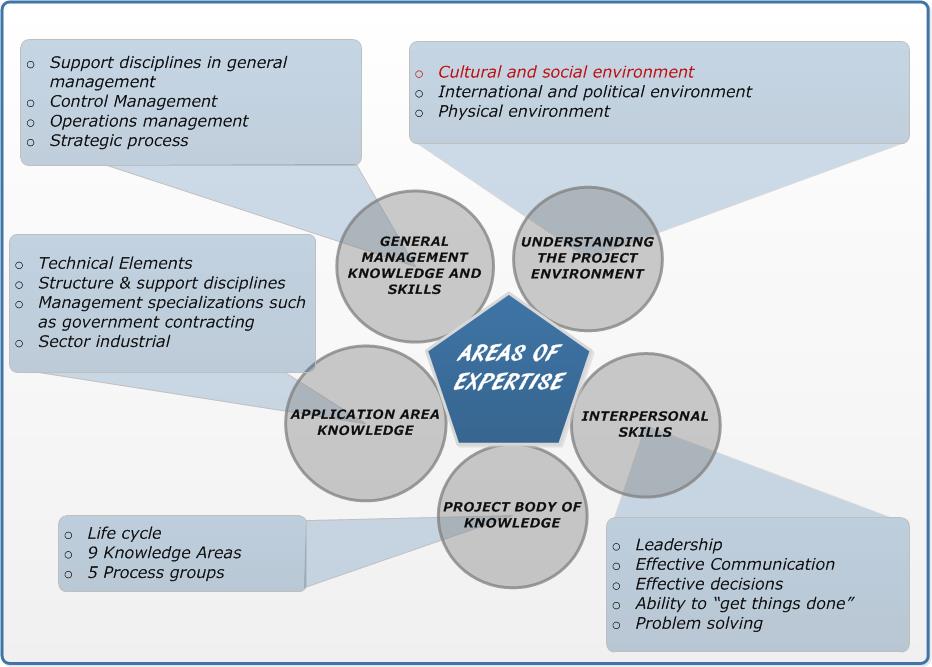 Specific knowledge are also required in 9 different areas of knowledge. Therefore project management has three key elements, "areas of expertise" as general knowledge necessary; "processes" running all necessary steps to successfully complete the project activities, and areas of specific knowledge which are considered as the best practices in this discipline.
Specific knowledge are also required in 9 different areas of knowledge. Therefore project management has three key elements, "areas of expertise" as general knowledge necessary; "processes" running all necessary steps to successfully complete the project activities, and areas of specific knowledge which are considered as the best practices in this discipline.